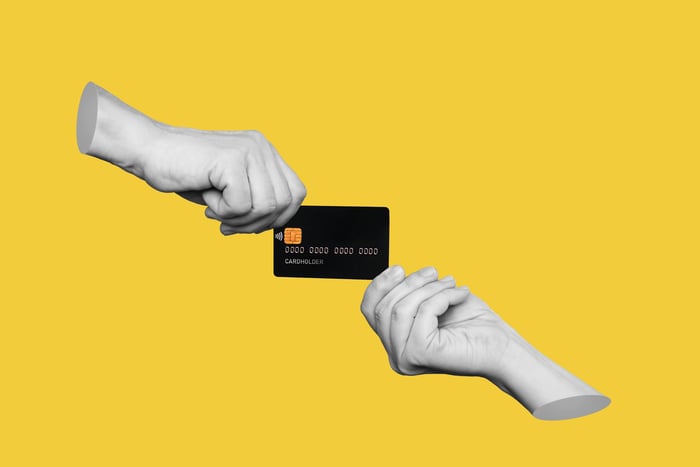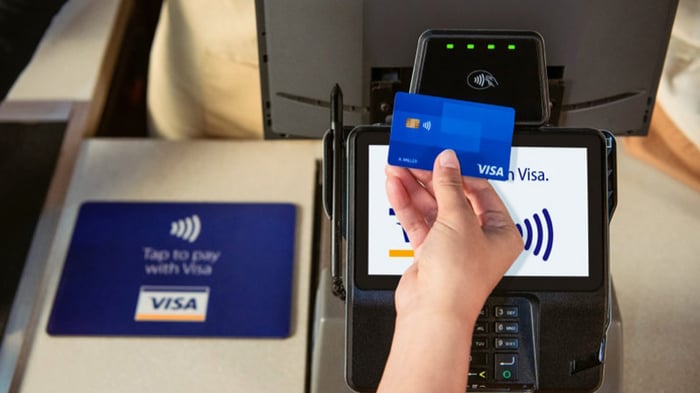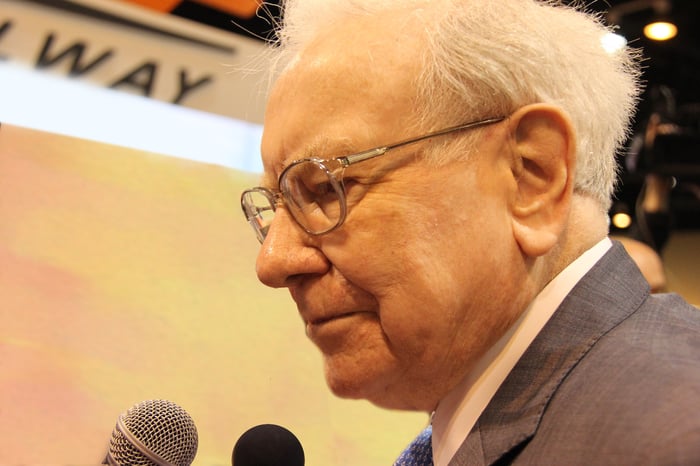Should Netflix Be More Like Walt Disney?
Key Points
Netflix is opening Netflix Houses in select U.S. cities, which will bring its popular shows and movies to life.
Disney is second-to-none when it comes to physical experiences, a segment that rakes in substantial profits.
Netflix dominates the current media landscape, so a major shift in strategy isn’t necessary.
In the past decade, Netflix (NASDAQ: NFLX) shares have soared 955%. Just this year (as of July 23), they are up 32%. With this type of stellar performance, it seems the business can do no wrong.
However, there is one area Netflix has yet to tap: Theme parks. The company has become a dominant media and entertainment enterprise, but it's presence in the physical world is nonexistent.
Where to invest $1,000 right now? Our analyst team just revealed what they believe are the 10 best stocks to buy right now. Continue »
This puts Netflix behind a peer like Walt Disney (NYSE: DIS), which owns and operates seven of the 10 most visited theme parks on the face of the planet. Not to mention the cruise ships that Disney also has. Maybe Netflix is staring at an obvious opportunity here to grow its revenue and fan base.
Should the top streaming stock become more like the House of Mouse? Here's how investors should view this situation from a strategic and financial perspective.

Image source: Getty Images.
Creating a flywheel
Disney has unmatched intellectual property (IP), which helps support its flywheel. People might watch a new Marvel movie or series and immediately want to experience these characters in real life, so they visit Walt Disney World to ride the Guardians of the Galaxy: Cosmic Rewind roller coaster. They might also buy merchandise. It's a situation where all the pieces fortify Disney's competitive position, allowing it to develop deeper and longer-lasting connections with its fans.
Creating physical experiences can help Netflix bolster its brand in the same way. For what it's worth, the company plans to launch Netflix Houses in Dallas and Philadelphia this year, and in Las Vegas in 2027. These are permanent, but small-format (about 100,000 square feet) setups located in shopping malls. There are interactive experiences, dining options, and retail stores.
It's encouraging to see Netflix test the waters when it comes to physical experiences. It might not have the breadth and depth of IP that Disney has, especially when it comes to content for kids and families, but it has extremely popular shows and movies that people love. It's probably best that Netflix isn't going full steam ahead with building an actual theme park, as it likely won't be able to compete with Disney's dominance, or with Comcast's Universal Studios.
Financial implications
When making these kinds of strategic decisions, what matters most is the potential they can have for financial success. Disney's Experiences segment is its most profitable. In fiscal 2024 (ended Sept. 28, 2024), this division raked in $9.3 billion in operating income on $34.2 billion in revenue.
Netflix reported $6.9 billion in free cash flow in 2024, with a forecast to bring in between $8 billion and $8.5 billion this year. Investing in building out theme parks would require huge capital expenditure commitments that would certainly dent Netflix's strong financial position. Return on invested capital is a key metric that management teams should think about when allocating cash to its best use. Developing physical experiences at Disney's level would take resources away from creating top-notch content that the company is known for.
In September 2023, Disney announced that it was going to spend $60 billion over the next decade to expand its Experiences segment. That's a massive undertaking that Netflix can avoid.
Netflix is doing just fine
The media industry, which is now being driven by the streaming model, is extremely competitive. There are many businesses vying for viewer attention, so it's always important to figure out ways of standing out. But Netflix reigns supreme, with more than 300 million subscribers worldwide. It's operating from a position of strength with the upcoming launch of Netflix Houses.
Netflix doesn't need to be more like Disney. The former continues to fire on all cylinders. The opposite argument holds more weight, with Disney needing to be more like Netflix -- at least when it comes to the House of Mouse's streaming segment that just became profitable not too long ago.
Should you invest $1,000 in Netflix right now?
Before you buy stock in Netflix, consider this:
The Motley Fool Stock Advisor analyst team just identified what they believe are the 10 best stocks for investors to buy now… and Netflix wasn’t one of them. The 10 stocks that made the cut could produce monster returns in the coming years.
Consider when Netflix made this list on December 17, 2004... if you invested $1,000 at the time of our recommendation, you’d have $636,628!* Or when Nvidia made this list on April 15, 2005... if you invested $1,000 at the time of our recommendation, you’d have $1,063,471!*
Now, it’s worth noting Stock Advisor’s total average return is 1,041% — a market-crushing outperformance compared to 183% for the S&P 500. Don’t miss out on the latest top 10 list, available when you join Stock Advisor.
*Stock Advisor returns as of July 21, 2025
Neil Patel has no position in any of the stocks mentioned. The Motley Fool has positions in and recommends Netflix and Walt Disney. The Motley Fool recommends Comcast. The Motley Fool has a disclosure policy.


















